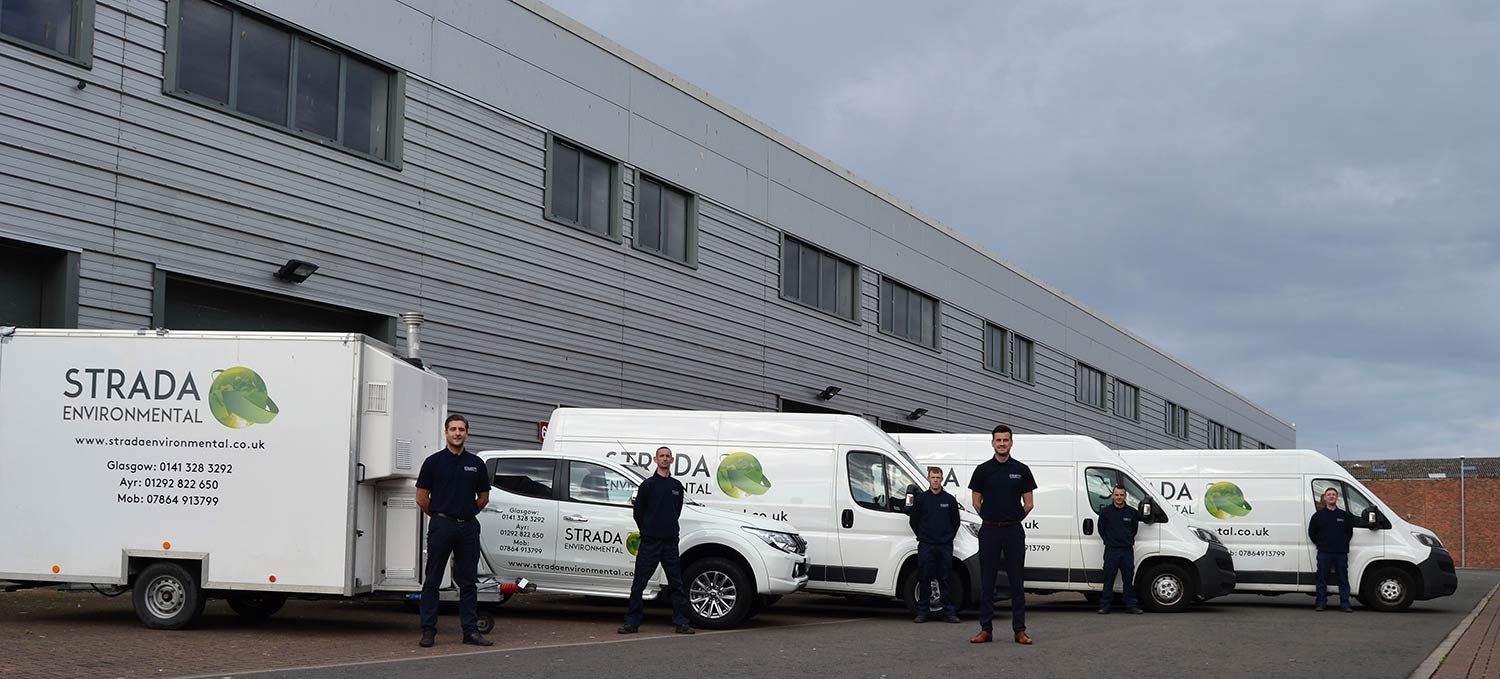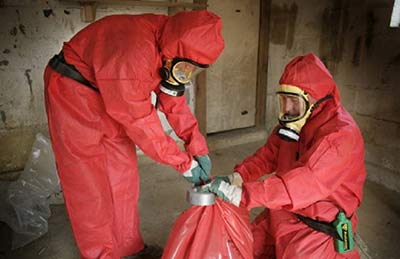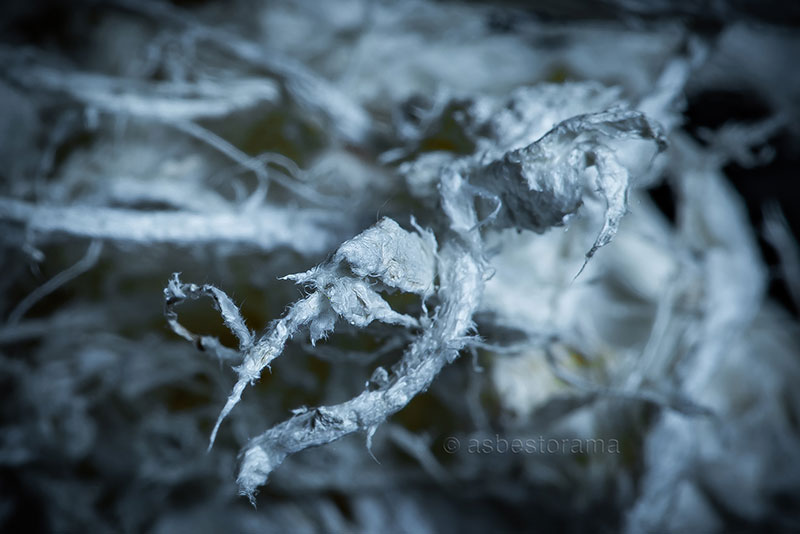Asbestos has been featured in nearly every edifice from offices and warehouses to residential houses as ceiling and wall plasters, wallboard, floor and ceiling tiles from the 20th century. Thus, the removal of asbestos is a common practice as the harmful effects are now widely observed and recognised. Because the material is so significantly dangerous to one’s health, one must take great care and enact the proper precautionary steps to defend against possible contamination or inhalation of asbestos fibres. Before any work can begin, however, one must be certain that their home or office contains asbestos in the first place.
Unless the materials containing asbestos are clearly labeled, it can be tricky to identify them. Hence hiring a licensed asbestos surveyor who can test materials that you suspect contain asbestos may come as quite valuable in order to have one hundred percent confidence in your building’s containment or lack of asbestos. Testing for asbestos yourself is not recommended because of the risk of releasing asbestos fibres into the air while obtaining samples. If you choose not to have testing done, you should assume that the material does contain asbestos and treat it with all safety precautions such as:
- Just leaving it alone. Unless the material is damaged or likely to be disturbed, any attempt to remove it increases the risk that asbestos will be released into the atmosphere
- Encapsulate the material. Encapsulation is a method of sealing the surface of materials that contain asbestos to prevent fibres from becoming airborne.
- Encapsulation is suitable if the material is in good condition and is not soft or crumbly, however it is not recommended for material that has begun to deteriorate.
- Enclose the asbestos containing material. Covering involves putting an object over or around the asbestos containing material, such as a sleeve over asbestos pipe insulation or a new floor over tiles that could contain asbestos.

Repairing asbestos with methods like encapsulation or enclosure should both be done by professionals with training and licensing as untrained individuals could risk exposing themselves or others to asbestos in the process of tampering with it. However, if steps are to be taken to remove asbestos containing materials on your own, keep this in mind:
- Never sand, drill or saw asbestos containing materials or use any sort of power tools on asbestos containing materials.
- Do not attempt to remove asbestos spray coatings, insulation or insulation board on your own. These are highly sophisticated tasks that require the training and equipment available to experienced professionals.
Before you begin working:
- Clear the area where the asbestos is to be removed to reduce the risk of contaminating furniture, clothing and other items with asbestos fibres.
- Cover anything that cannot be removed with thick polyethylene sheeting.
- Isolate the area where work is to be done from the rest of the house by erecting a containment area and air lock of polyethylene sheeting.
- Cover walls and floors in the area where asbestos is to be removed with polyethylene sheeting.
- Post signs to alert visitors, family and friends of the work in process and the possible exposure risk.
As stated before, asbestos removal is a highly delicate procedure that is most suitably handled by experienced professionals.






